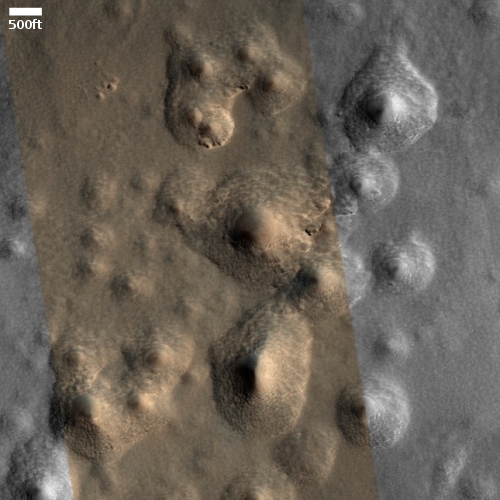Chinese pseudo-private company buys engines for its reusable rocket
The pseudo-private Chinese rocket company, Rocket Pi, has signed a deal with another pseudo-private Chinese company, Jiuzhou Yunjian, to build the engines the former will use in its proposed reusable Darwin-1 rocket.
I call these pseudo-private because — while they both have raised independent Chinese investment capital and are structured and appear to operate as private companies, they remain entirely under the supervision of the Chinese communist government, most especially its military wing. Nothing they do is done without that government’s permission, even if they are launching entirely private payloads.
Nonetheless, both companies are real, and have been proceeding aggressively towards the first launch of Darwin-1 in ’23. There is every reason to expect them to succeed.
The pseudo-private Chinese rocket company, Rocket Pi, has signed a deal with another pseudo-private Chinese company, Jiuzhou Yunjian, to build the engines the former will use in its proposed reusable Darwin-1 rocket.
I call these pseudo-private because — while they both have raised independent Chinese investment capital and are structured and appear to operate as private companies, they remain entirely under the supervision of the Chinese communist government, most especially its military wing. Nothing they do is done without that government’s permission, even if they are launching entirely private payloads.
Nonetheless, both companies are real, and have been proceeding aggressively towards the first launch of Darwin-1 in ’23. There is every reason to expect them to succeed.



